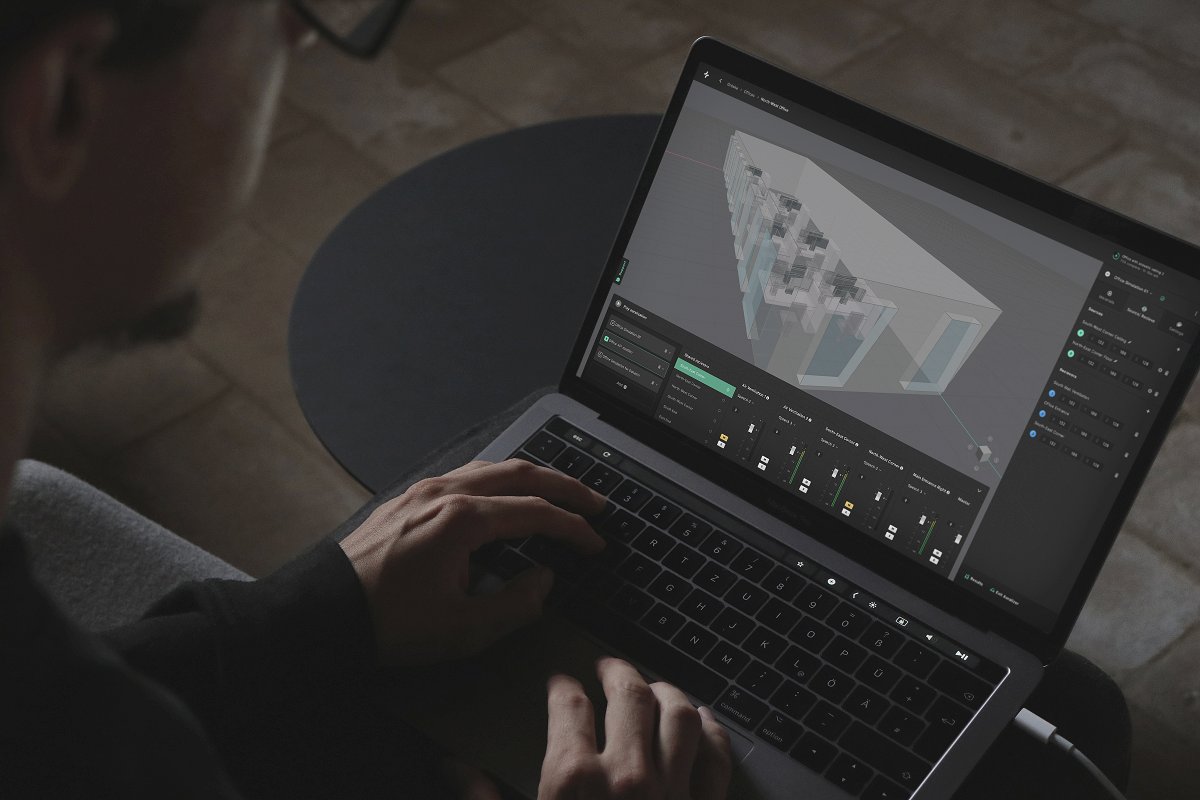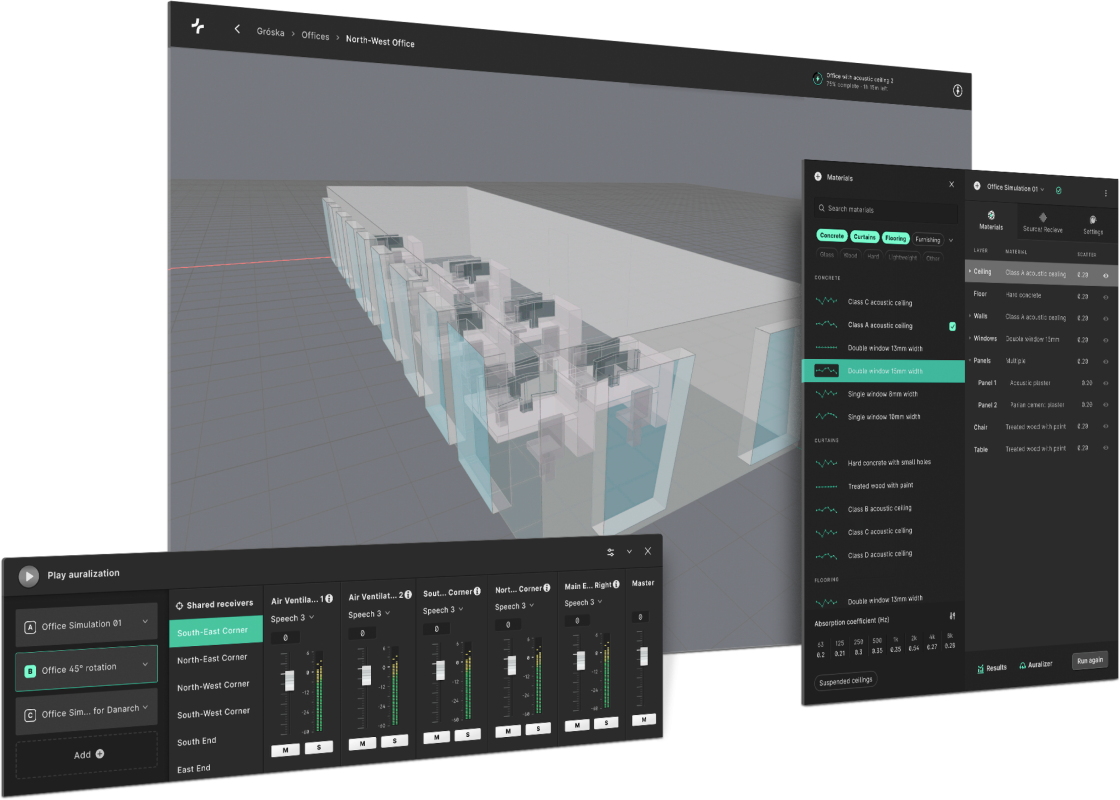Accessible Acoustic Simulations for Better Sound Experiences
Acoustics in the built environment has a major influence on the health, well-being and productivity of people. To design and optimize acoustics in buildings, acoustic engineers typically resort to simulations. However, due to the large size of these computational problems, current simulation tools resort to significant approximations in their approach. These approximations lead to imprecise simulations and ineffective workflows, hindering the AEC industry from ensuring appropriate acoustic conditions in buildings. This experiment investigated the applicability of using Treble Technologies’ proprietary acoustic simulation technology, which is based on high-performance computing, and cutting-edge numerical methods, to enable a new paradigm in acoustic simulations for building design.
SECTOR: Civil Engineering
TECHNOLOGY USED: HPC, FEM Simulation
COUNTRY: Iceland
The challenge
Most room acoustic simulation tools are based on simplifying approximations. These can be acceptable for large rooms. For small ones, this leads to more design iterations, overuse of expensive acoustic treatments and frustrated customers. For better results, one needs to simulate the acoustics by solving the true wave equation. This is possible with the Finite element method (FEM) but has not been feasible due to long simulation times.
The solution
Business impact, Social impact, Environmental impact
The improved accuracy will give Trivium an advantage when it comes to fast and accurate acoustic designs, fewer design iterations and better results for the customer. The modern user interface and workflow contribute to reducing the time required to finish a project by 30% compared to previously available solutions.
The results viewer and auralizer (a feature to realistically listen to simulations) were optimised during the experiment to best fit the needs of Trivium. These parts of the tool contributed significantly to the time reduction of a project since a large amount of time often goes into collecting and presenting results to the customer in a clear way.
The experiment also resulted in new know-how on the acoustic treatment of low-frequency noise. This part of audible noise is very important in all acoustical designs as it can be extremely disturbing. The tool leads to better-informed decisions when tackling the problem of low-frequency noise, which is estimated to improve customer satisfaction by 50% since low-frequency disturbance is the most common customer complaint.
Benefits
- The improved workflow will boost the productivity of Trivium for each employee by an estimated 25-50%.
- The software is estimated to increase Trivium’s turnover by up to €15,000 per worker per year.
- The software can lead to time savings of up to 30% due to improved workflow and immediate feedback.
- The projected revenue for Treble Technologies from software sales exceeds €1M for 2024.
Organisations involved:
End User: Trivium
Domain Expert: Trivium & Treble Technologies
ISV: Treble Technologies
HPC Provider: Technical University of Denmark - DTU
Partner Technical University of Denmark - DTU is part of the Danish NCC.



